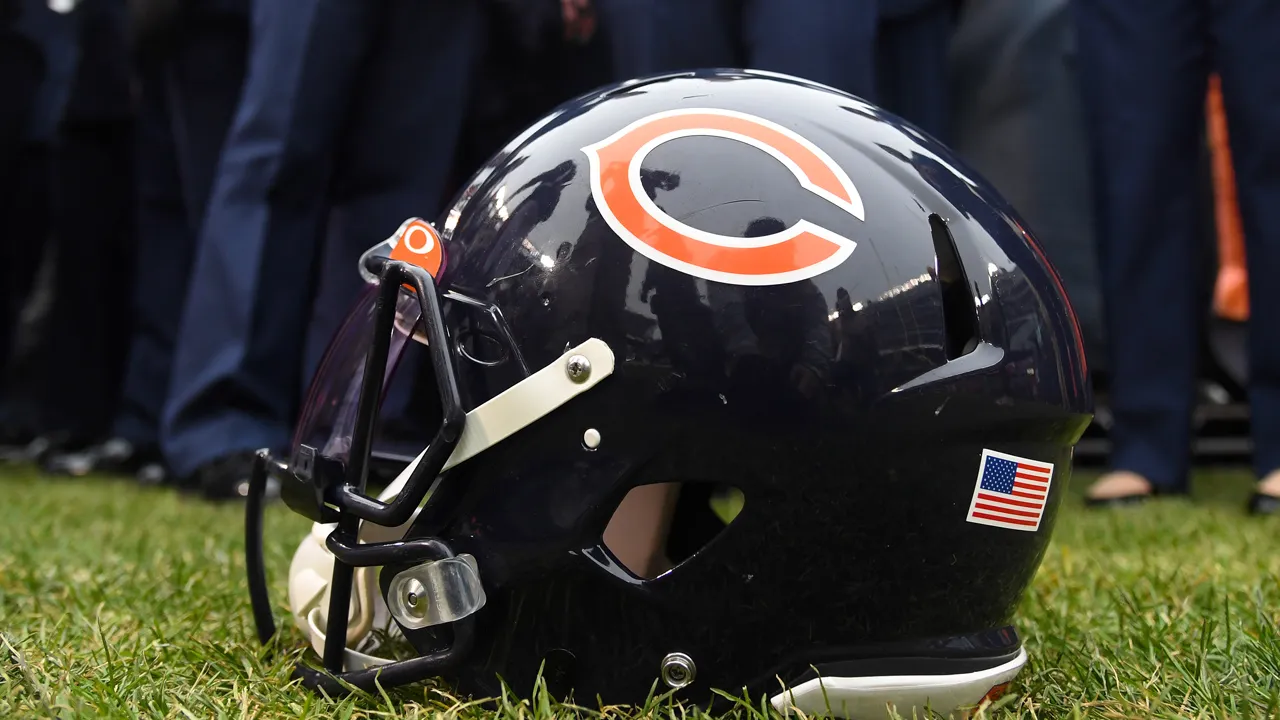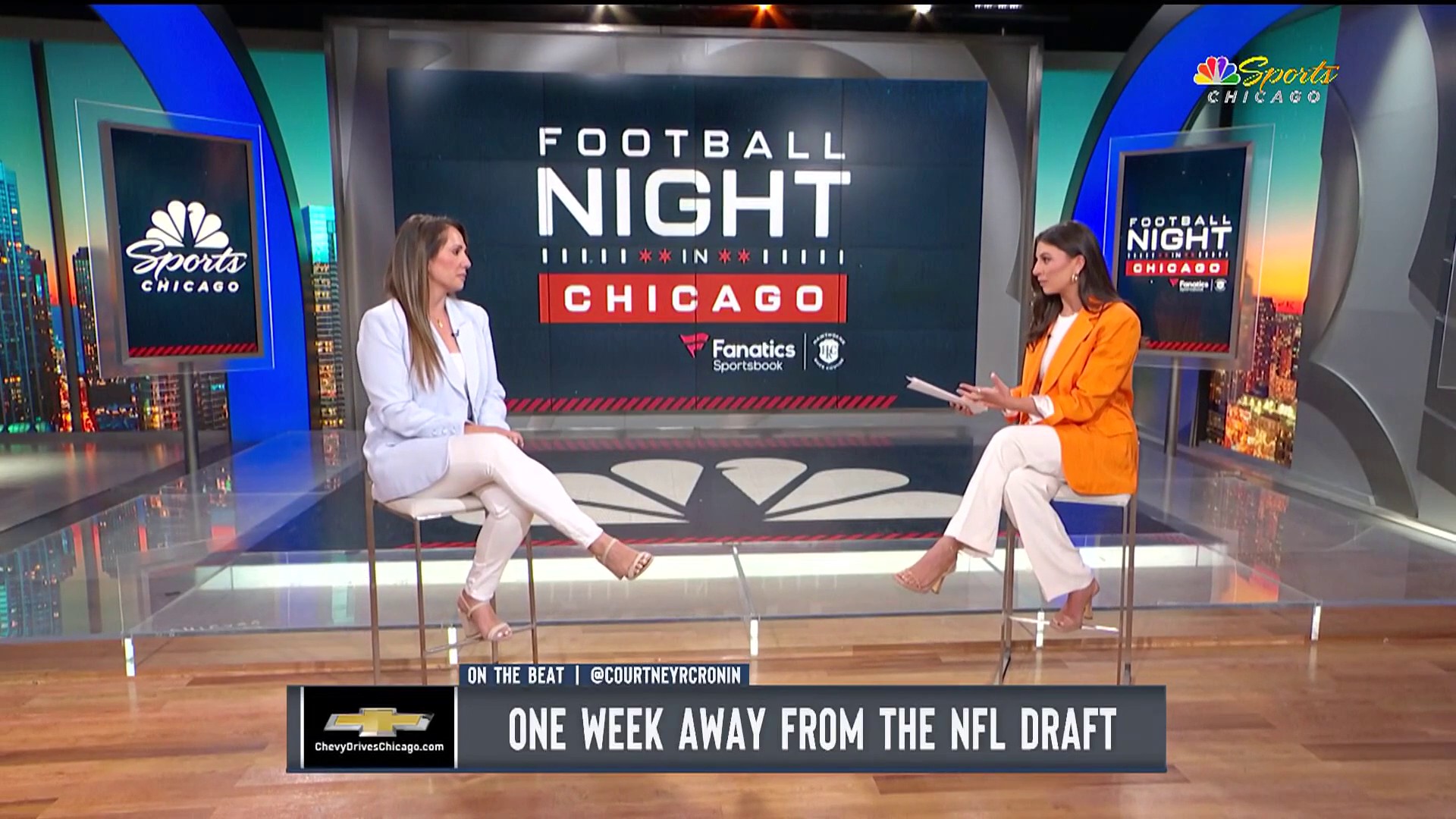The obvious problem with assessing drafted players is that they are coming from uneven college backgrounds against uneven opposing talent, and they are being graded on projected performance at a level they’ve never been at before. So give Ryan Pace some slack then – FBS teams get about 25 scholarships to give up a year; NFL teams get seven draft picks. Both levels can have walk-on’s, but that’s found money.
The other trouble with grading drafts is that the chief standard of measure before drafts are different than the one used after it. Players are intensely rated based on a supposed absolute-value scale, ranking based on pure perceived talent with position removed from the equations.
But post-draft grades look first at needs; did (insert Team here) address its need at (insert position here), and critiques are weighted toward the first two rounds for obvious reasons. Folding in the publicized (meaning media-generated) overall-ranking component, and that’s where grades come from.
Stay in the game with the latest updates on your beloved Chicago sports teams! Sign up here for our All Access Daily newsletter.
The Bears in this draft came away with gushing reviews because they were able to hit need positions early with highly rated players at those positions:
They had a huge need impact talent on defense, specifically at linebacker, inside and outside. At outside, they have gotten a combined 33 starts from Nick Kwiatkoski and Danny Trevathan over the past two seasons, meaning basically one full-time starter between two guys with recent injury histories. They got one year of Jerrell Freeman. Using one draft guru as a constant here, NFL.com’s Mike Mayock ranked Roquan Smith the No. 4 player in the entire draft class. The Bears got him at No. 8. Conclusion: great pick.
They needed an interior offensive lineman and secured Iowa’s James Daniels high in round two (39th overall); Mayock ranked Daniels all the way up at No. 17 overall. Conclusion: great pick.
They needed more at wide receiver. Anthony Miller was their pick at No. 51. Mayock had Miller 50th. Conclusion: great pick.
NFL
We’ll let the lower rounds go for now.
For perspective’s sake: In the thought-to-be-epic-at-the-time 1999 quarterback draft (five quarterbacks taken in the first 12 picks), Cade McNown was rated the most pro-ready one of the group. Since he was the fourth quarterback taken, the NFL didn’t quite see him as loftily, although the non-starter careers of Tim Couch (No. 1 overall) and Akili Smith (No. 3) suggest that accurate evaluations at the highest NFL levels were in short supply that year.
Grading Ryan Pace’s draft – the 2015 one
The Bears GM is among those who posit that it takes three years to fully evaluate a draft. A little self-serving perhaps; it didn’t take three years to tell that Shea McClellin or Gabe Carimi or Jon Bostic couldn’t play, or three years to tell that Leonard Floyd or Eddie Goldman or Cody Whitehair can.
But giving Pace his three-year window, what about his draft – the first one, from 2015.
No. 1 WR Kevin White Injuries suggest an “incomplete” grade but too many opinions that White at No. 7 is a bust, or at best just a guy, even if healthy.
No. 2 DT Eddie Goldman Complete hit. One of the NFL’s emerging talents at nose tackle and a force inside in nickel.
No. 3 C Hroniss Grasu Another injury asterisk but even when healthy, a marginal backup, doubtful on the ’18 roster.
No. 4 RB Jeremy Langford Some early promise, plummeted behind Jordan Howard, cut in ’17, nowhere right now.
No. 5 S Adrian Amos Little production, beaten out by Eddie Jackson, back starting in ’17 only after Quintin Demps hurt.
No. 6 OL Tajo Fabuluje Miss.
Conclusion: Meh. Basically one step above a Phil Emery draft (2013 Kyle Long, 2014 Kyle Fuller), with one hit and little else impactful. White, Grasu and Amos still in play but...


